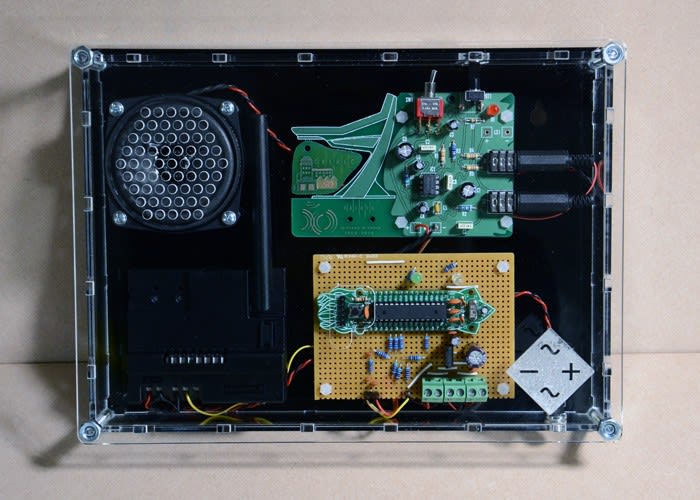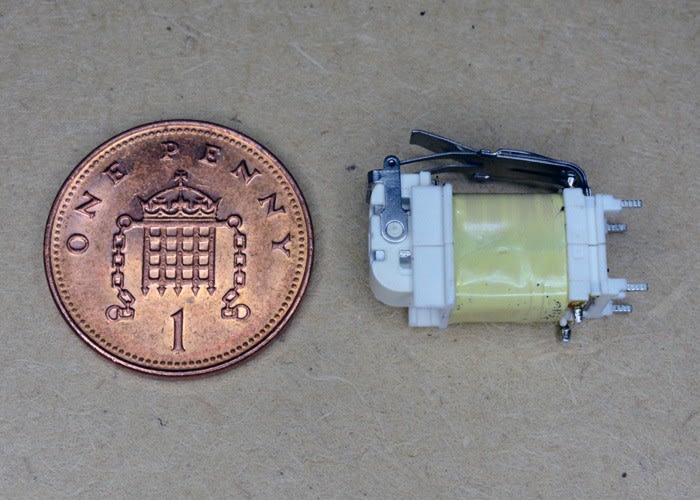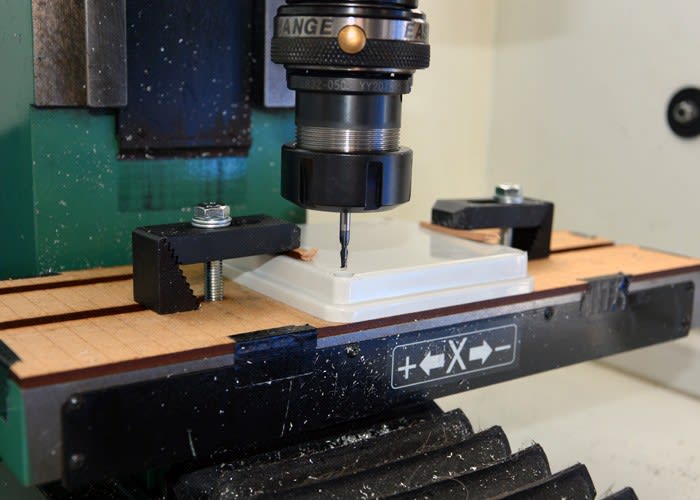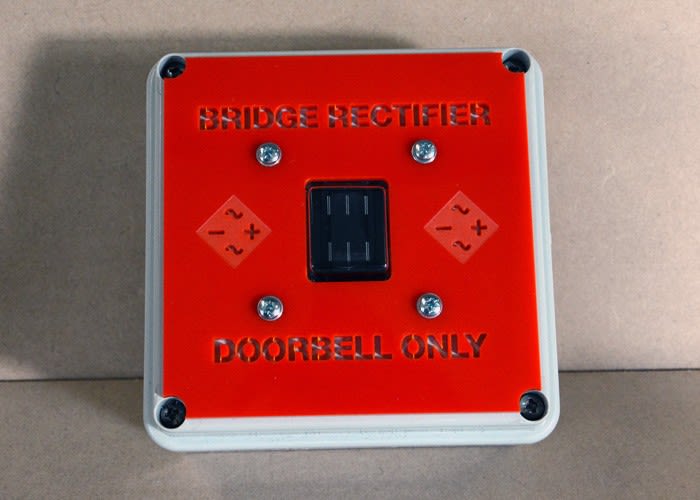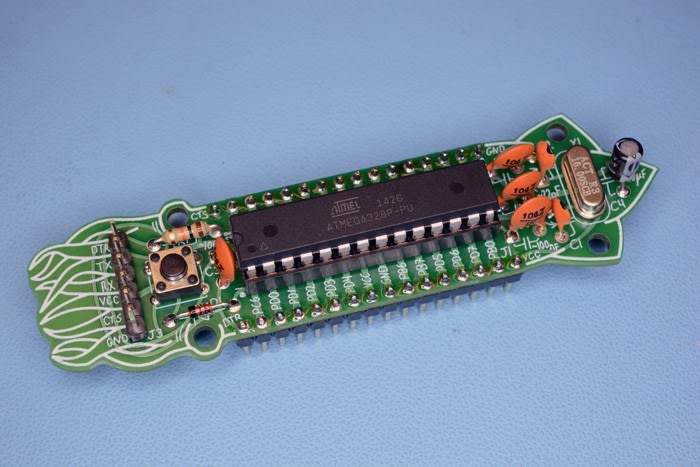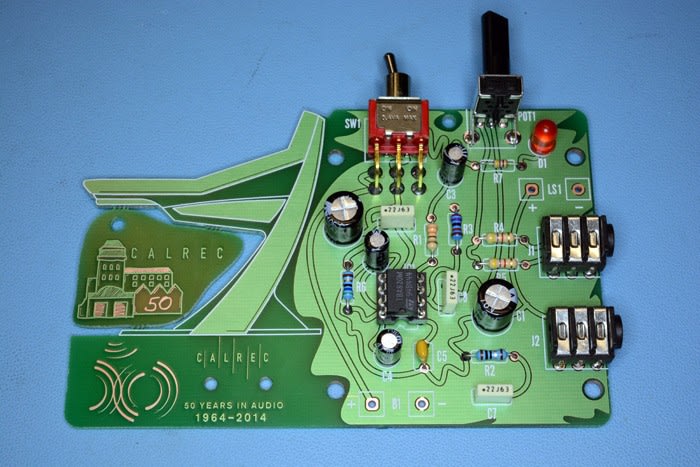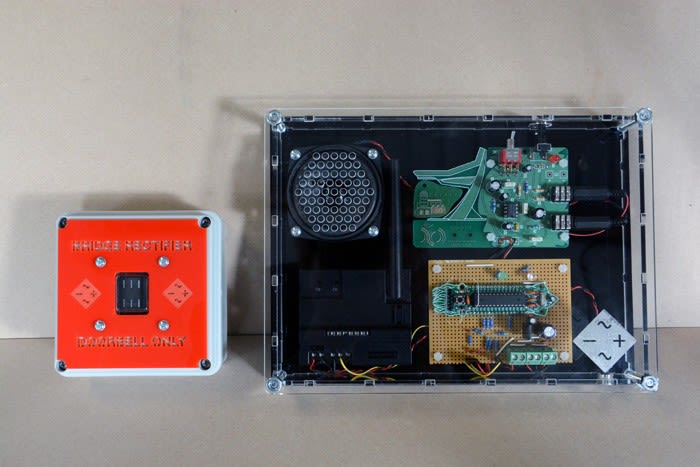A programmable battery-free wireless doorbell
Follow articleHow do you feel about this article? Help us to provide better content for you.
Thank you! Your feedback has been received.
There was a problem submitting your feedback, please try again later.
What do you think of this article?
A fun and convenient solution using a Cherry energy harvesting switch
Wireless connectivity has been around for a long time, but what makes Cherry's range of energy harvesting switches stand out is the fact that they don't need batteries or an external power supply. They are entirely self-sufficient, converting the kinetic energy of the switch actuation into a voltage pulse, powering an RF transmitter and sending signals to a receiver module.
A recent post covers this functionality in more detail. Now we will use one of the switches, together with a receiver module, to control a wireless doorbell for our local hackerspace, Bridge Rectifier.
Wireless
Initially the switch and receiver module were tested 'in the field' to determine suitable positioning of the hardware. Despite the signals carrying for over 100m line-of-sight, the building in which the hackerspace is located is an old mill with rather thick walls! Following a successful test, the build could begin.
An IP55-rated enclosure and waterproof switch cover were selected to house and protect the rocker switch, since the unit will be located outside. With a cutout and mounting holes made with our CNC milling machine, silicone sealant was used to ensure the unit remained suitably impermeable.
The switch is held in place with an acrylic mounting plate, and to complete the unit a face plate was made, identifying it as a doorbell for the hackerspace.
Building the chime unit
In comparison to the remote switch unit, the chime housing is a rather more elaborate affair consisting of several discrete parts, listed below:
-
Cherry switch receiver module
-
Arduino-compatible 'Cuttlefish' board
-
Perf board with simple 4-bit DAC, low-pass filter, voltage regulator and LEDs
-
Amplifier board
-
Loudspeaker
The receiver module we are using comes in Cherry's evaluation kit and allows for quick results with the energy harvesting hardware (though it should be noted that the receiver board is also available as a separate unit). It can be powered with 7-24 VDC and includes a switched relay output with spring terminals for simple interconnection.
Though simple to use, the module is also flexible, with two on-board buttons allowing for customisation. For example, by default the relay latches on/off when a signal is received from a paired switch. This can be changed by following instructions provided and we reconfigured our relay to momentarily close when the switch is pressed, and open again when switch is released.
The output from this relay module will connect to a Cuttlefish, an Arduino-compatible board loaded with a 'sketch', or code, that generates a melody when the relay contacts close. This melody is played through a simple 4-bit DAC, consisting of four digital outputs connected through several resistors. More detailed information on the circuit and code used can be found here. Our final code can be found here.
Since the hackerspace can be a noisy environment, we added a super-bright LED that flashes along with the melody to visually indicate that the doorbell switch has been pressed.
The melody output from the Cuttlefish is connected to an amplifier board designed by Boldport for Calrec Audio, manufacturers of high quality mixing consoles and broadcast equipment. This board came in kit form at the annual technology festival held in Hebden Bridge, Wuthering Bytes, providing a nice link with the event and world-class local innovation.
Both the amplifier board and receiver module are powered with 9V, whilst a voltage regulator provides 5V to the Cuttlefish board, allowing for a single power supply to be used for the entire enclosure.
All of the above hardware is housed in a laser cut acrylic enclosure that will hang on the wall in the hackerspace. The clear front panel shows off the components used, and a cut-out gives access to the 6-pin header on the Cuttlefish for reprogramming.
Functional and hackable
The Cherry energy harvesting evaluation kit provides a fantastic introduction to their new switch technology, with easy-to-use components giving a great user experience. Whilst our fun doorbell exercise may seem like walloping a walnut with a rather large hammer, the demonstration of this cutting edge technology in such an application was too cool to resist!


